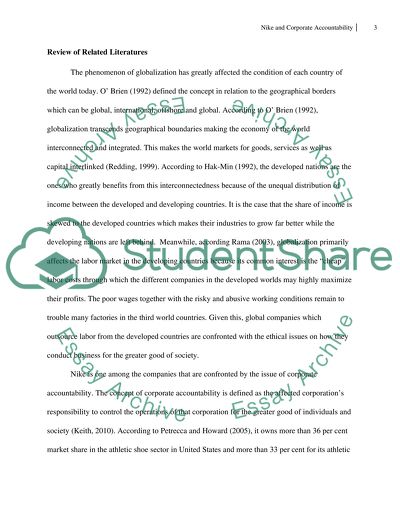Cite this document
(“Nike and Corporate Accountability Research Paper”, n.d.)
Nike and Corporate Accountability Research Paper. Retrieved from https://studentshare.org/sociology/1448404-consumer-and-political-pressure-for-accountability
Nike and Corporate Accountability Research Paper. Retrieved from https://studentshare.org/sociology/1448404-consumer-and-political-pressure-for-accountability
(Nike and Corporate Accountability Research Paper)
Nike and Corporate Accountability Research Paper. https://studentshare.org/sociology/1448404-consumer-and-political-pressure-for-accountability.
Nike and Corporate Accountability Research Paper. https://studentshare.org/sociology/1448404-consumer-and-political-pressure-for-accountability.
“Nike and Corporate Accountability Research Paper”, n.d. https://studentshare.org/sociology/1448404-consumer-and-political-pressure-for-accountability.


